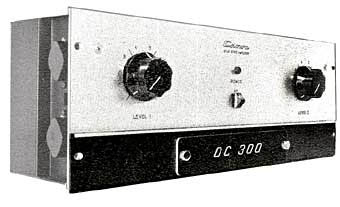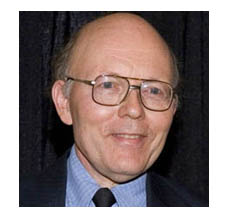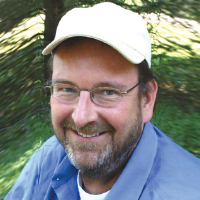As Crown marks its 55th anniversary – celebrating a unique history marked by many notable contributions to the pro audio industry – I spoke with Gerald Stanley, who, with his expert product design and engineering work, has had significant impact in helping bring those contributions to life over the course of almost 40 years with the company.
He continues to thrive in his role to this day and was gracious in submitting to an interview regarding Crown past, present and future.
Keith Clark: How did you get started in this business?
Gerald Stanley: I started as a kid (11 or 12) by SWLing (short wave listening) using old radios that were being discarded around the neighborhood. The best units were taken and souped-up using the spare parts of the less worthy units. It was great fun trying to determine why the radio’s designer had done this or that.
It became clear that engineering products could be fun. Every radio had an audio power amp and speaker portion as well as the RF portions. I modified them all. By high school, high-feedback tube power amps were being designed and built for family and friends.
The lesson is if a kid comes to your doorstep and asks for your old PC, give it to them. Who knows what they may make of it all? Your old PC may transform the world in due time.
KC: Have you always had an interest in audio and electronics?
GS: Before electronics there was the classic electric train set.
KC: What year did you join Crown, and what position did you initially fill? What were you primarily working on?
GS: My first year at Crown was 1964 when I was still an undergraduate at Michigan State University. I worked summer and breaks as a technician in the tape recorder setup area, as a draftsman and as a solid-state power amplifier designer working on the first Crown transistorized designs.
All engineers worked first on the line to learn the products in those days. The products were tape recorders and amplifiers were accessories. In 1966, I returned with a graduate degree from the University of Michigan and went to work full time on designing tape recorder electronics and power amplifiers.

KC: What do you like most about working at Crown?
GS: Working at Crown over all these years has been like having multiple careers without ever moving. The company has grown and changed much. It has been a multitude of companies all at one address.
The design opportunities have also been prolific, having been able to design tape recorders, signal processors, audio amplifiers, magnetic resonance gradient amplifiers, semiconductor and audio test equipment, TEF machines and numerous other unusual electronic products.
One of the more unusual was the design of a speech rate translator that was ultimately used by a judge to play back the Nixon tapes at higher than normal speeds.
KC: Who are the interesting/influential people you’ve met over the years, both at Crown and perhaps outside (if applicable)? Tell us what you learned from them.















